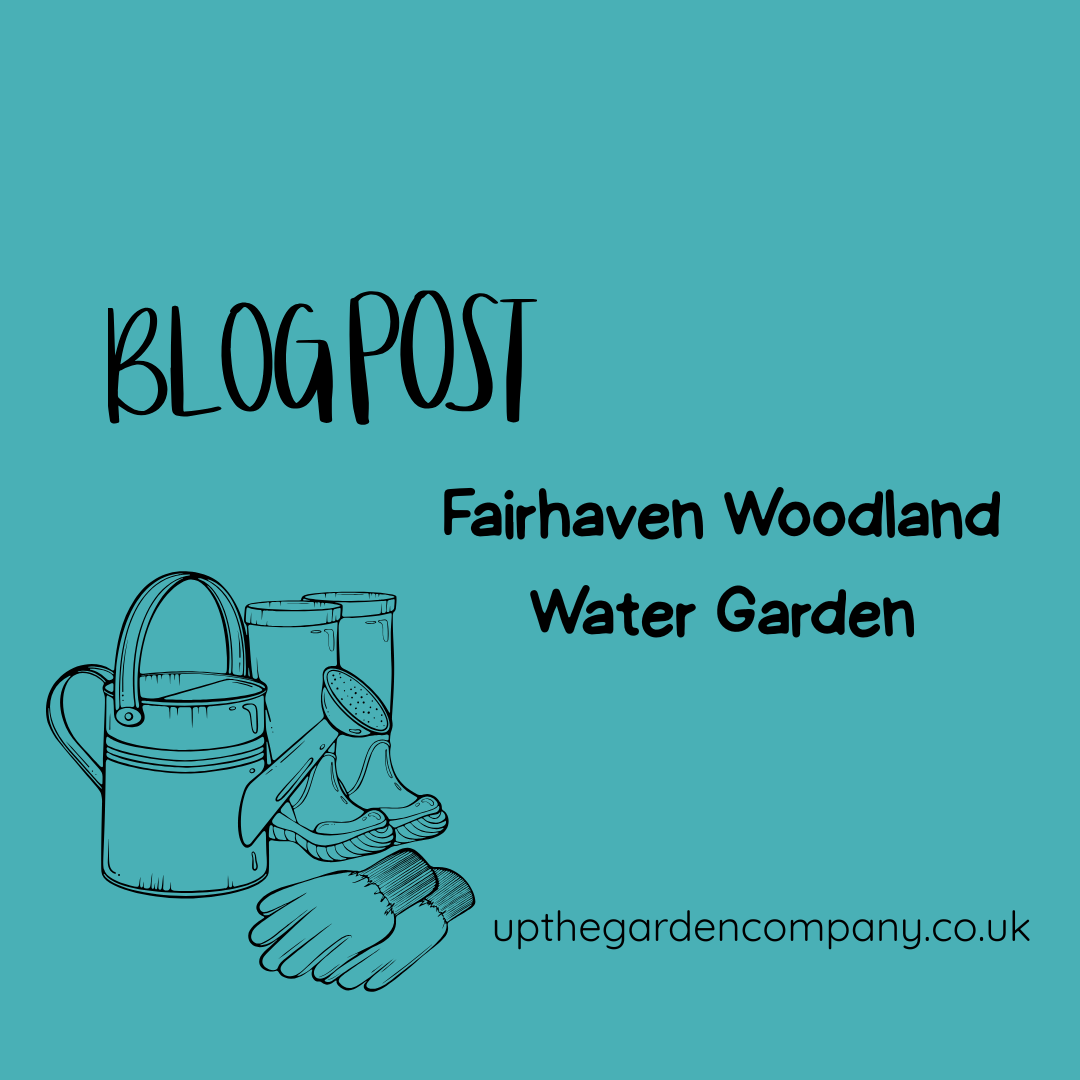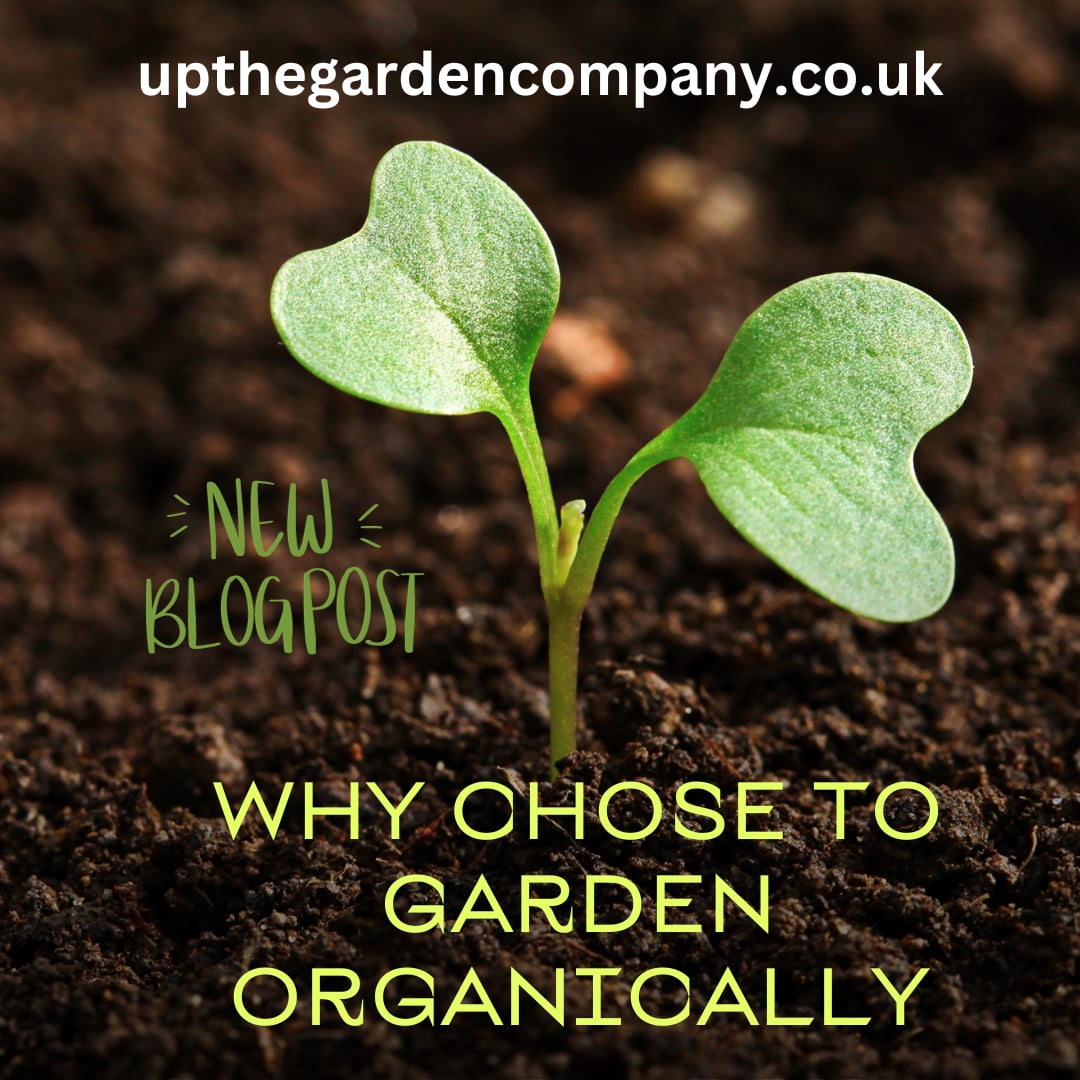In the quiet moments of a garden or out on the fringes of a forest, the gentle chirping of birds can transform an ordinary space into a place of wonder. For gardeners and nature enthusiasts, the allure of witnessing these winged creatures is unparalleled. But the whimsical dance of birds is a two-way street — just as they grace us with their presence, we can invite them into our sanctuaries by creating an environment that’s irresistible to our feathered friends. This comprehensive guide is your ticket to transforming your garden into a haven for birds, providing a safe and abundant space that will have them returning season after season.
The Why and How of Attracting Birds to Your Garden
The Intrinsic Ecological Value
Attracting birds is more than just creating a picturesque scene. It’s about fostering a balance in the ecosystem. Birds play a pivotal role in controlling insects, spreading seeds, and even pollinating flowers. By luring them into our gardens, we not only delight in their beauty but also support the intricate tapestry of nature.
The Psychological Benefits
For many, the presence of birds in daily life has a soothing effect. Studies have shown that birdwatching can reduce stress, improve mental acuity, and even support a calming home environment. By attracting birds to your garden, you’re creating an outdoor retreat that refreshes and revitalises.
Natural Food Sources: The Way to a Bird’s Heart
Understanding Dietary Needs
Different bird species have different dietary requirements. Whether it’s seeds for finches, or insects for sparrows, understanding what your local avian community craves is key. Invest in a variety of food sources to cater to a diverse clientele.
Building a Bird-Friendly Landscape
Incorporate native plants that produce seeds, fruits, and nectar. Trees and shrubs offer natural bird food. Additionally, consider leaving seed heads on flowers and shrubs throughout the winter for a natural smorgasbord.
Offering Shelter: Bushes, Trees, and Other Bird Abodes
Vegetative Cover
Thick bushes and dense trees provide excellent shelter from the elements and potential predators. Create a layered landscape with plants of varying height to satisfy the needs of ground-dwelling and aerial birds alike.
Man-Made Bird Houses
While natural shelters are best, strategically placed birdhouses can augment the living space available to cavity-nesting birds. Make sure the houses are tailored to the needs of specific species, with the correct entrance hole size and interior dimensions.
Thirst Quenchers: Providing Water in Your Garden
Birdbaths and Ponds
A shallow birdbath is one of the easiest ways to provide water, and a pond can be an attractive oasis for many bird species. Ensure that any water source is kept clean and fresh to prevent the spread of diseases among your avian visitors.
Nesting Sites and Safety
The Importance of Safe Nesting Sites
Mature trees and certain tall shrubs offer natural nesting sites, but many bird species are adaptable and will use man-made structures. Give birds the security they need by placing nesting boxes high enough to deter predators but low enough for you to monitor and maintain.
Keep an Eye on Predators
The Feline Factor
Domestic cats are one of the leading causes of bird mortality. Minimize the risk by keeping your cat by providing them with a well-fitted bell that can give birds a fighting chance.
Other Garden Protectors
Fencing and spikes can deter larger ground predators, while netting and other barriers can keep more cunning hunters at bay. Simple measures like these can significantly boost the chances of fledglings surviving to adulthood.
The Art of Hygiene: Maintaining Cleanly Feeding Stations
The Pitfalls of Neglected Bird Feeders and Baths
Dirty feeders and baths are a breeding ground for bacteria and can spread diseases like salmonellosis and aspergillosis. Regular cleaning and, when needed, disinfecting, are vital for the health of your local bird population.
Best Practices for Bird-Feeding Hygiene
Use feeders that are easy to clean, and opt for feeders made of nonporous materials like plastic or ceramic that are less likely to harbour pathogens. Be diligent in keeping the area beneath feeders clean to prevent mould and pests as well.
A Culinary Guide for Bird Enthusiasts
Understanding Bird Seed Types
Different seeds attract different birds. Black oil sunflower seeds are a favourite of many feeder birds due to their high oil content, while nyjer seeds are sought after by finches. Offerings like millet and cracked corn can attract a variety of ground-feeding birds.
Beyond Seeds: Other Bird Food Varieties
Suet blocks are a high-energy treat for woodpeckers and other cling-feeders, while mealworms and fruit can entice an even broader spectrum of birds. Live mealworms are particularly beneficial for providing protein during the breeding season.
Conclusion
In the quiet dedication to creating a bird-friendly oasis in your garden, you not only enrich the lives of the creatures that visit but also open yourself to a world of wonder that’s right outside your door. By following the advice in this guide, you’ll be well on your way to becoming a master of avian hospitality, enjoying the sight of vibrant plumage against the verdant backdrop of your own thriving ecosystem. Happy birdwatching!
“Every bird, every tree, every flower reminds me what a blessing and privilege it is just to be alive.”
Marty Rubin
Further Reading: RSPB, RSPB Birdwatch 2025, How to Create and Maintain a Garden Pond, Save the Bees Protect the Planet Support the Soil Association’s Neonicotinoid Campaign













